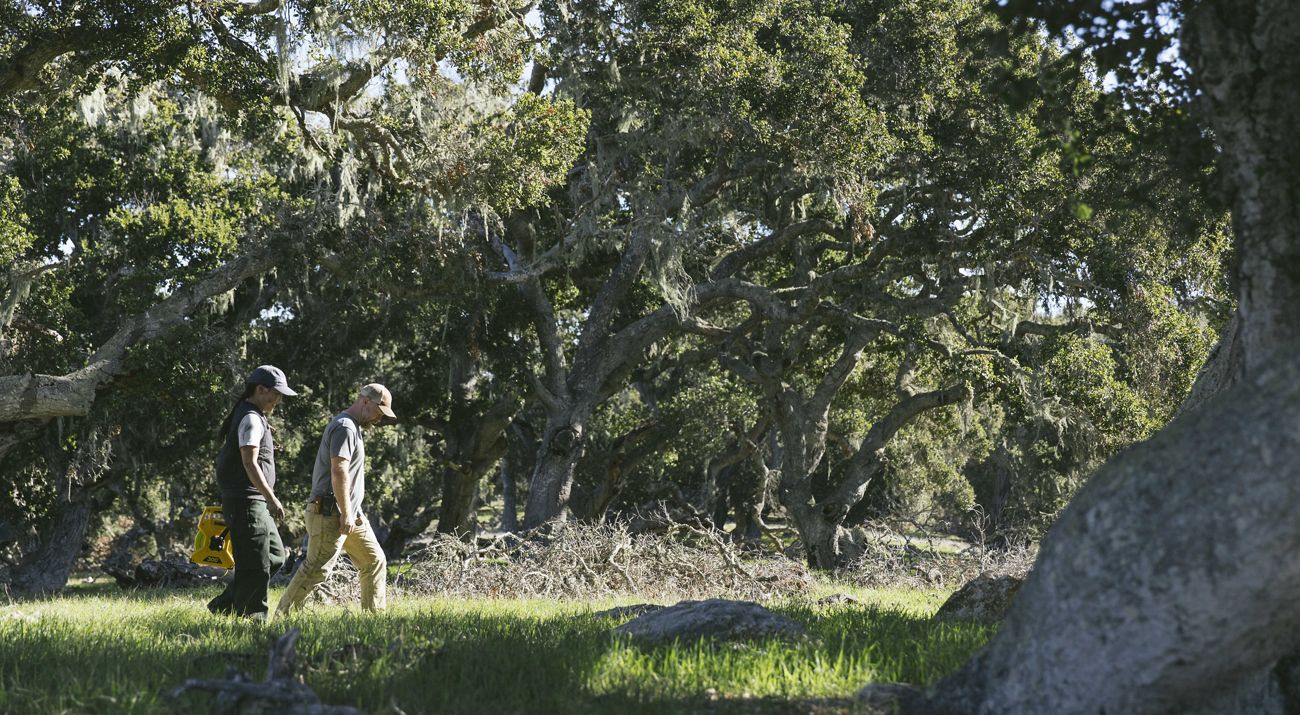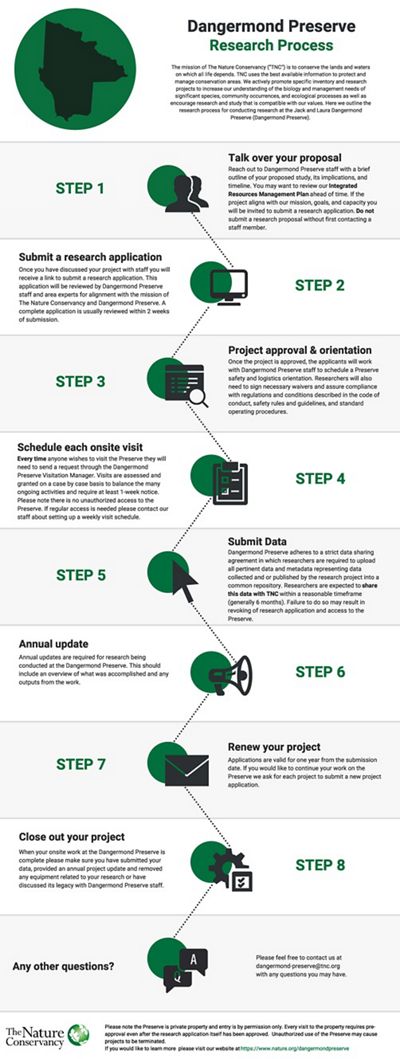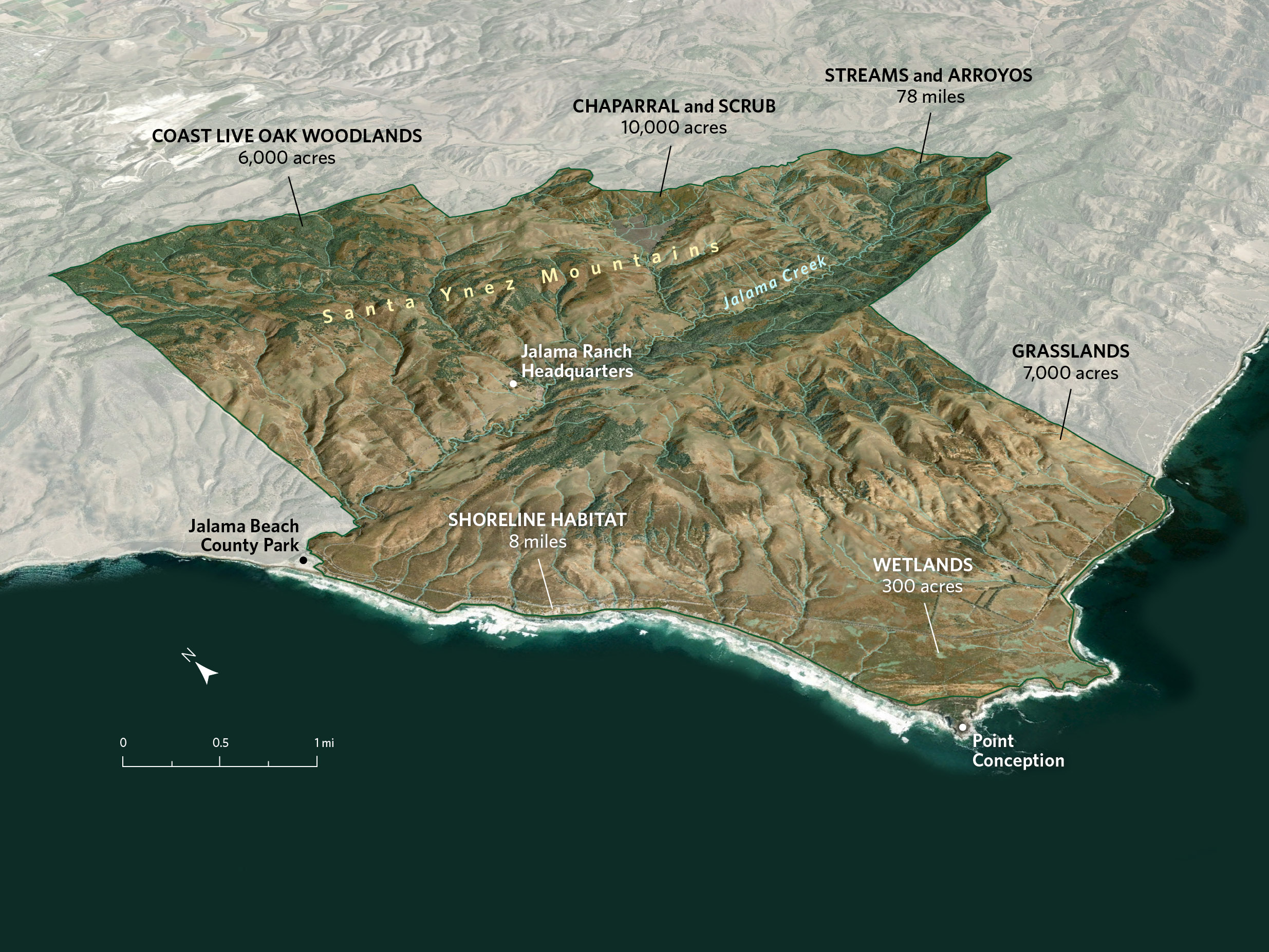Research at the Jack and Laura Dangermond Preserve
The Jack and Laura Dangermond Preserve is focused on learning, innovation, preservation, and restoration. To this end, we are excited for the Preserve to serve as a platform for conservation innovation and living laboratory in the Santa Barbara region. Scroll down to learn more about how to get involved in research on the Preserve.

Ongoing Research
Take a look at this dashboard to get to know the projects and people currently conducting research at the Dangermond Preserve.
Explore the Preserve
The Nature Conservancy’s Jack and Laura Dangermond Preserve sits at the intersection of two ocean currents, and its topography ranges from sea level to 1,900 feet. Those rare combinations—plus the absence of residential development—make it a trove of biodiversity. Click through this map to learn more about each of the distinct habitat types that exist within the Preserve.
Oak Woodlands
Coast live oaks are unique among California’s oak trees in their ability to thrive near the ocean. They are drought-resistant and adapted to fire, and they support acorn woodpecker, western scrub jay, western gray squirrel and dusky-footed wood rat.
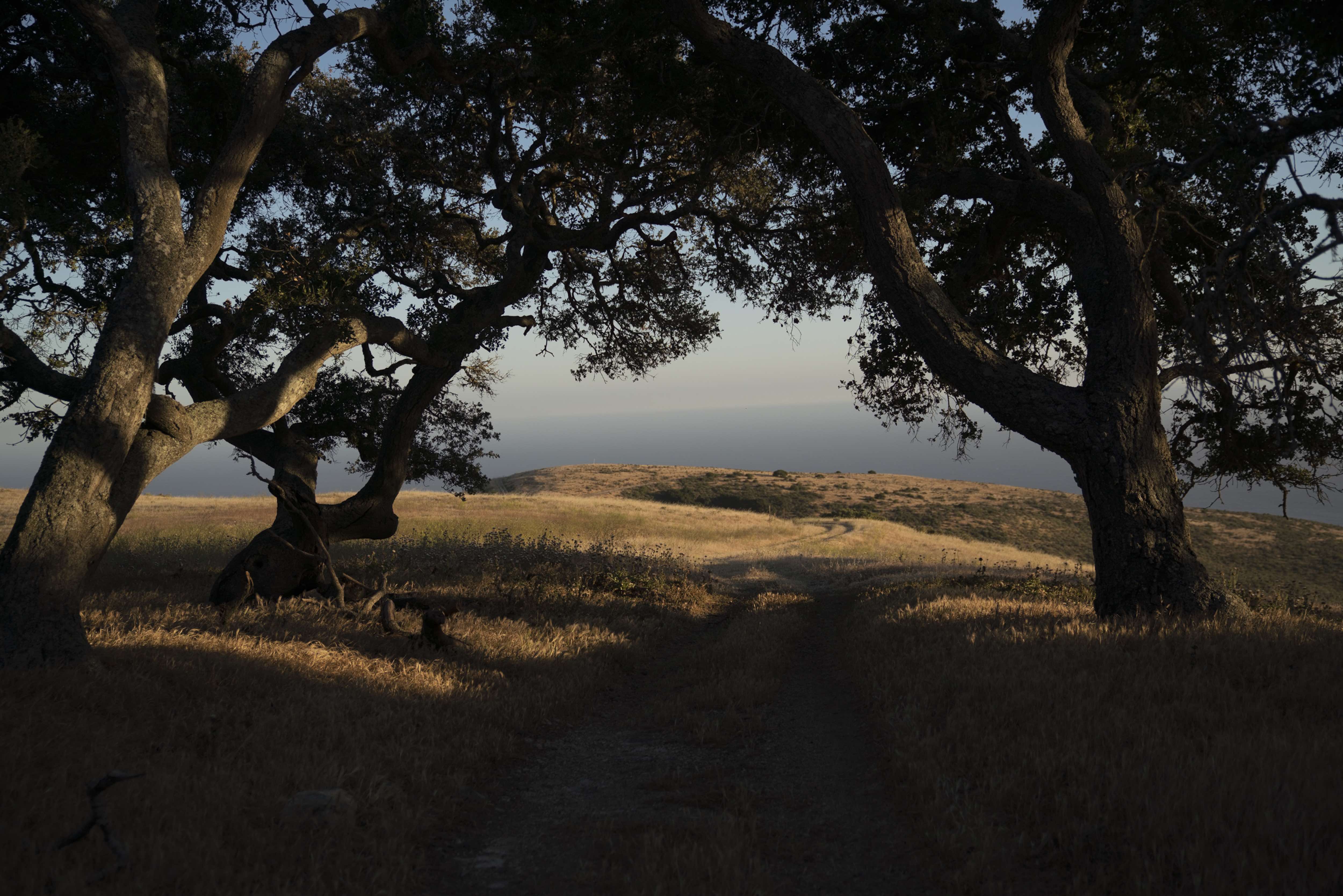
Chaparral and Scrub
The coastal hillsides are blanketed by extensive coastal sage scrub and chaparral shrub communities. These are biodiversity hot spots that support badgers, bobcats, mule deer, mountain lions, pack rats, lizards, snakes and a variety of avian species.
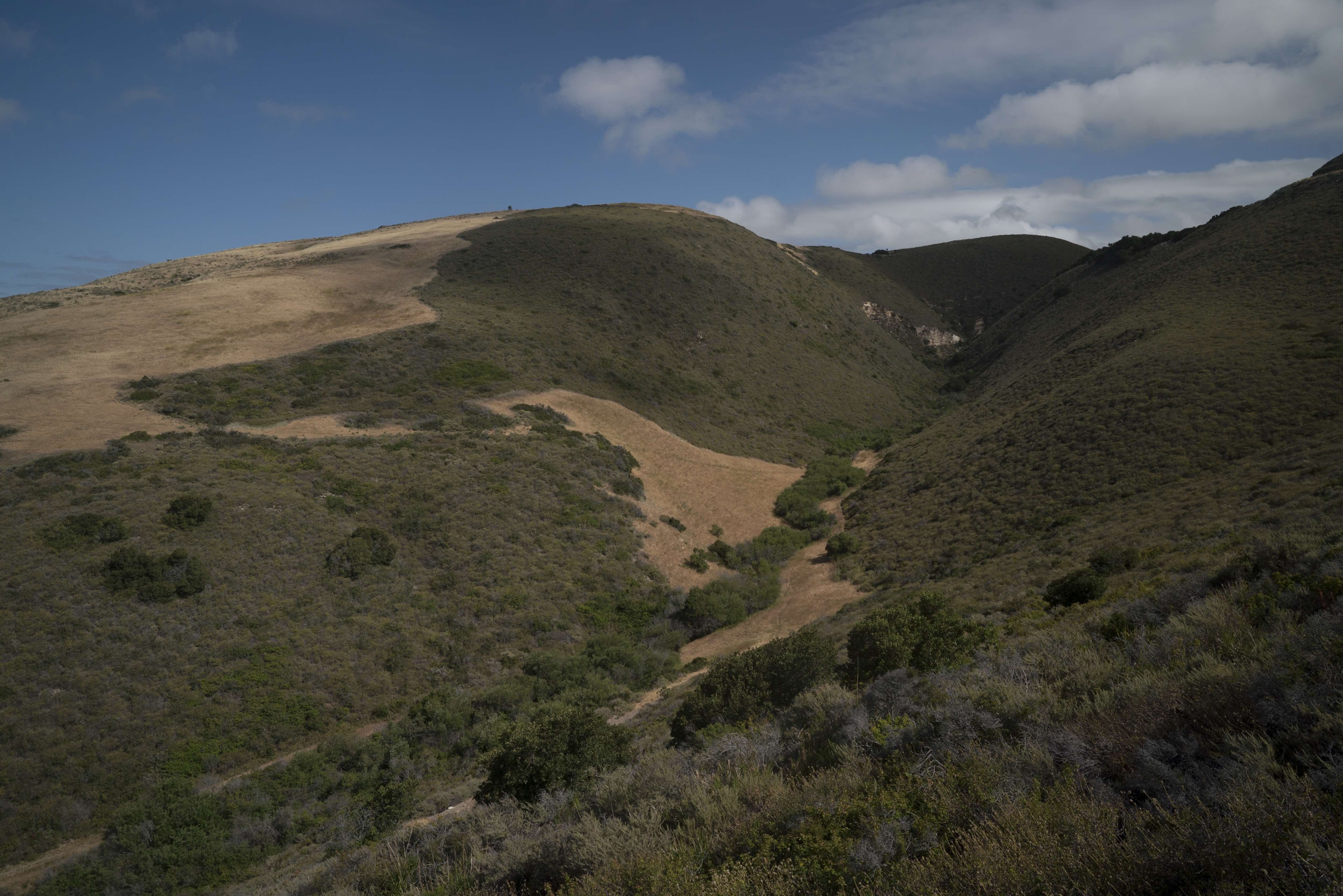
Streams and Arroyos
Precipitation that falls on the preserve eventually flows to the ocean. In addition to Jalama Creek, the preserve contains major perennial streams, coastal wetlands, and smaller unnamed seasonal short-run streams, locally known as “arroyos.”

Shores and Marine
Point Conception sits at a marine intersection, where ocean currents from the north and south overlap, bringing a diverse mix of plant and animal life. The ecosystem is supported by the offshore upwellings that bring nutrients from deep in the ocean.
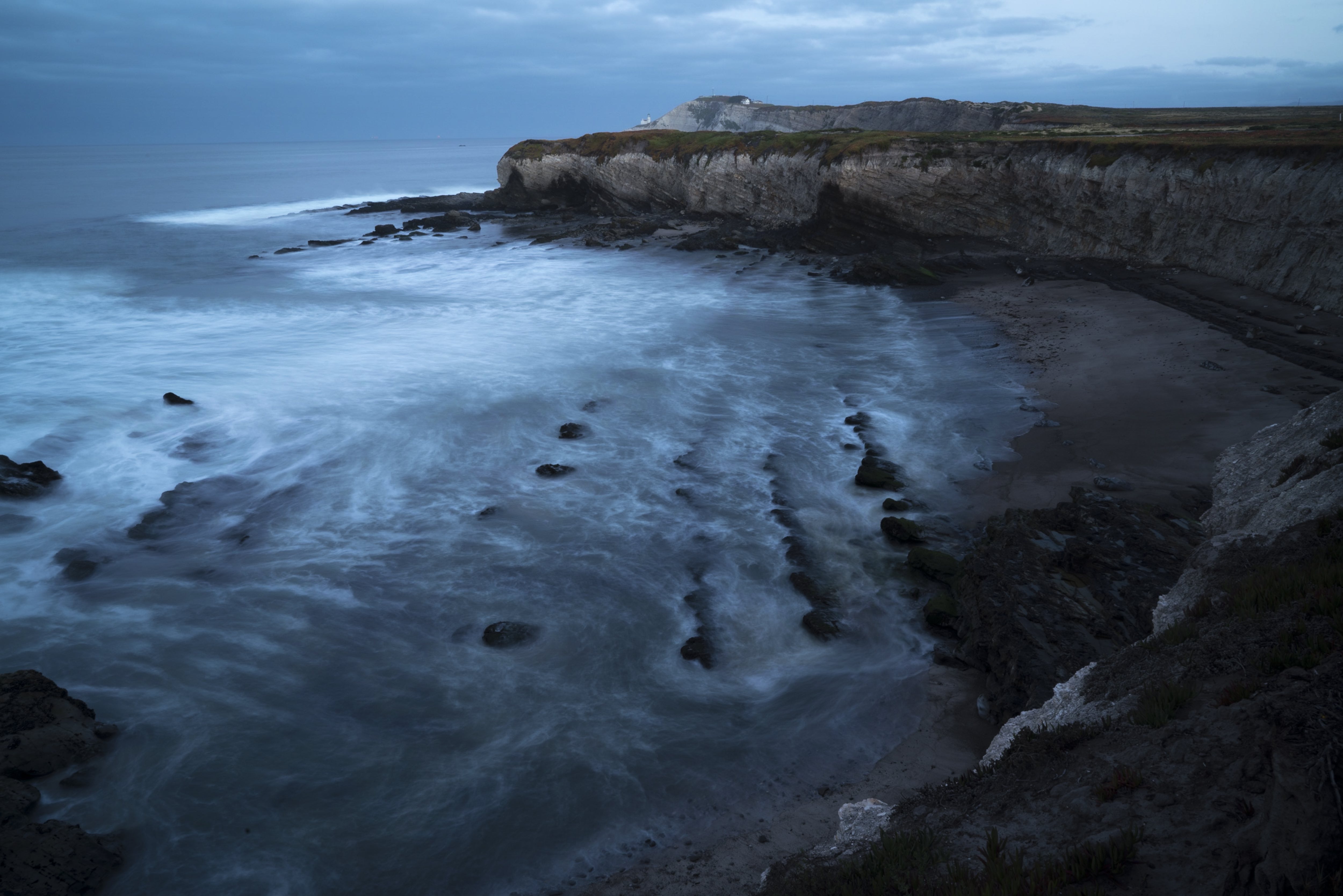
Wetlands
The 328 acres of wetlands include seeps, springs, seasonal wetlands, wetland swales, in-stream wetlands, perennial marshes and artificial ponds. These extensive habitats support abundant freshwater biodiversity.
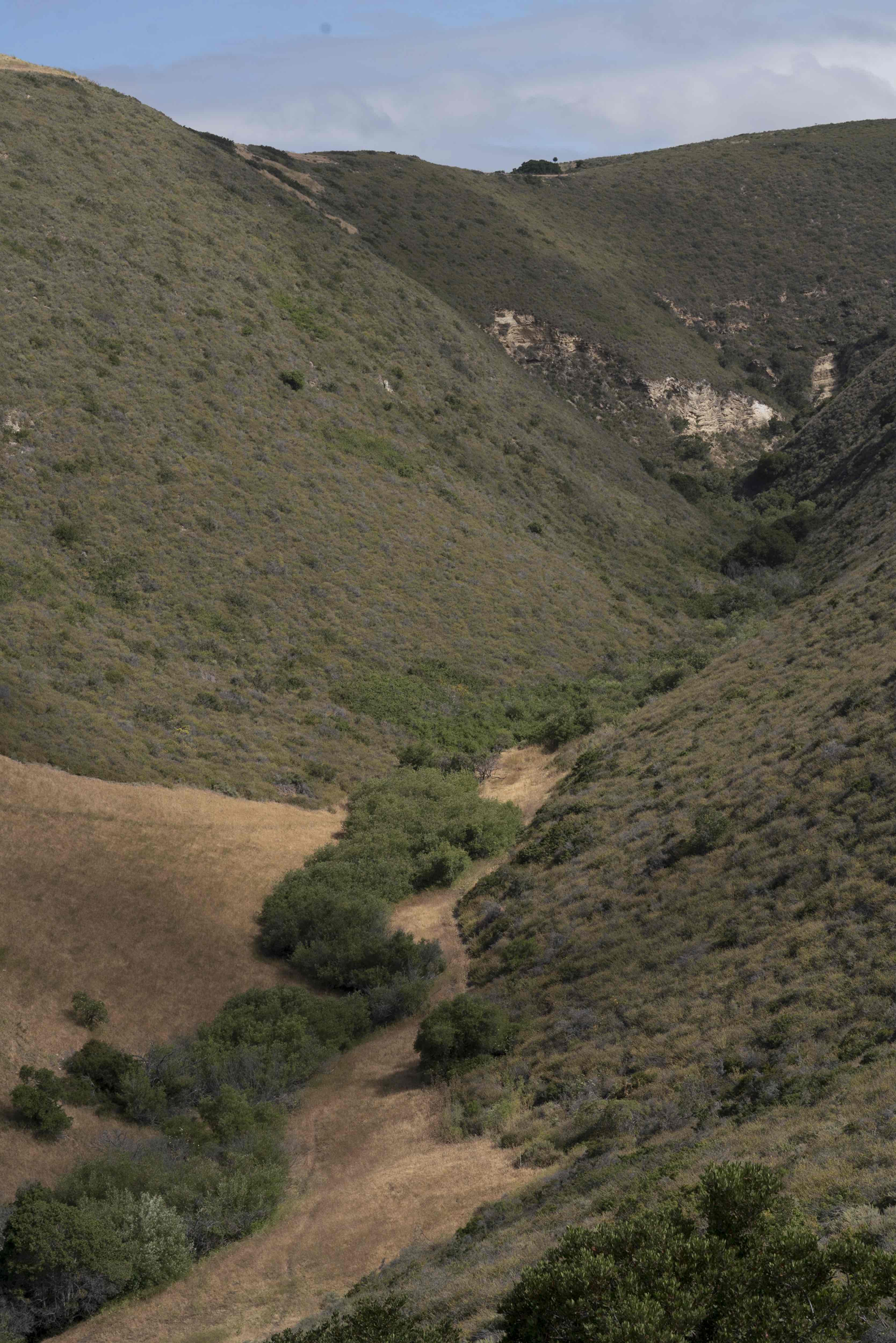
Grasslands
The grasslands are used by a large, diverse group of plants, mammals, birds, reptiles, amphibians and insects. Cattle grazing and prescribed burning play an essential role in making sure these grasslands continue to provide plant and animal habitat.
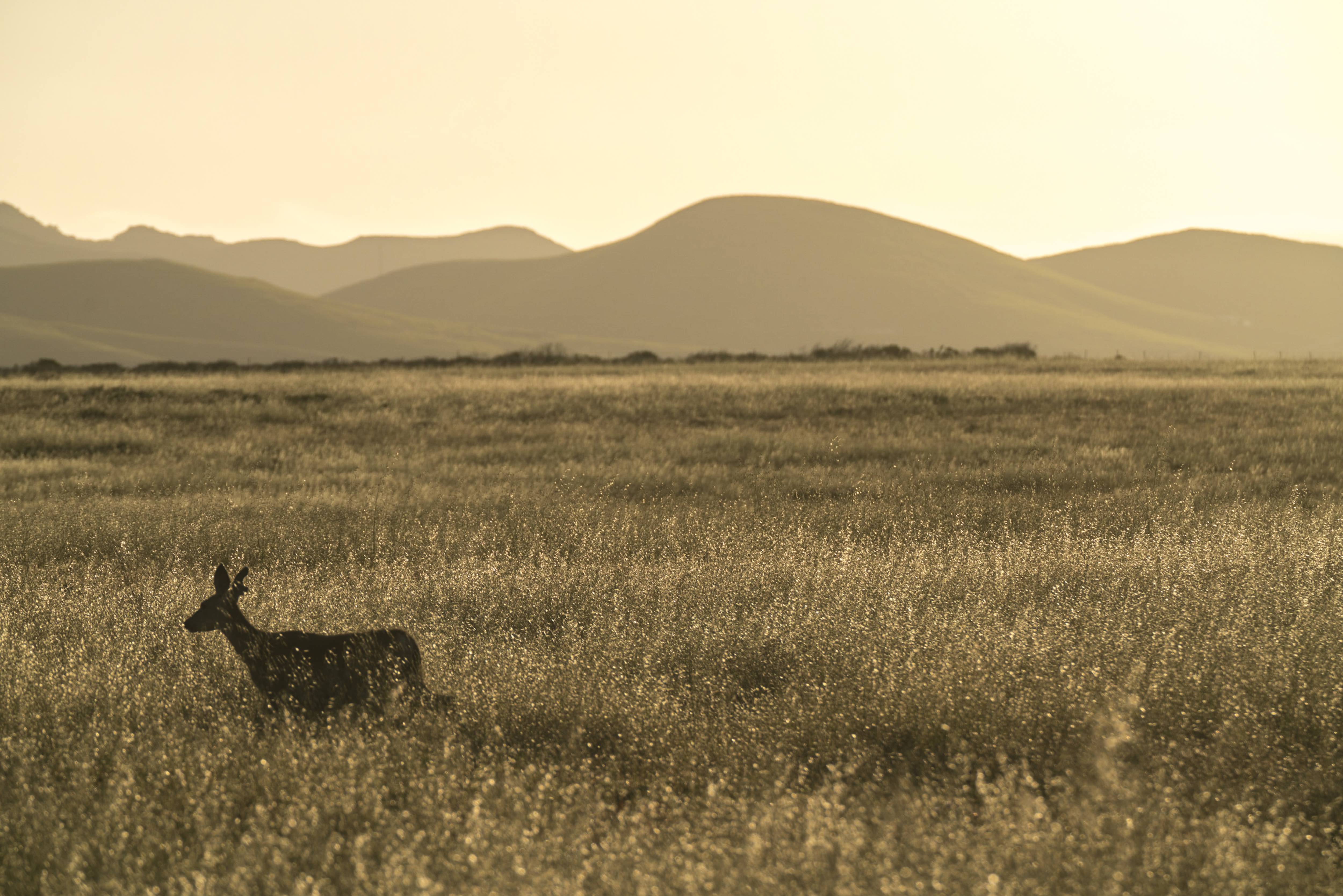

Research Publications
Click the button below to find a list of publications related to research and reports from the Dangermond Preserve and the Point Conception Institute.
